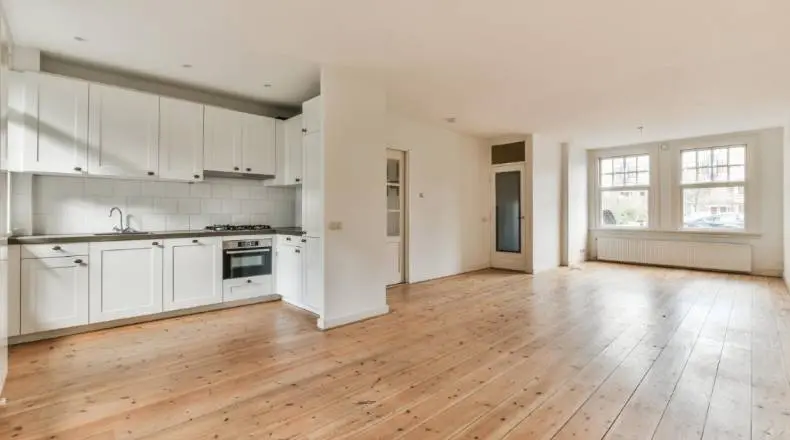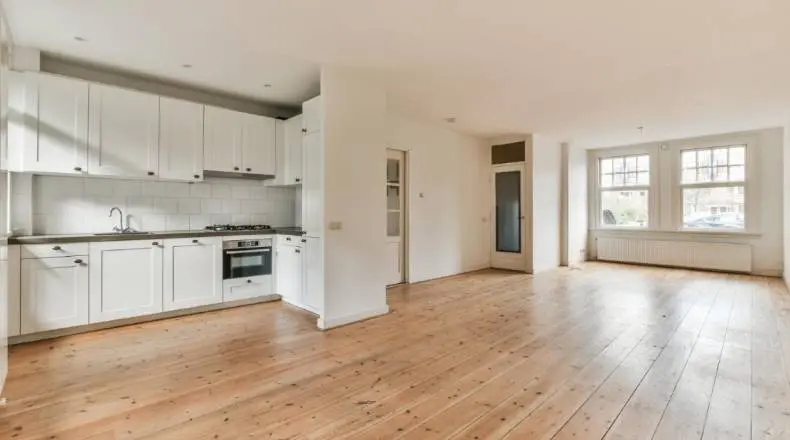Demolition or redevelopment?
Older buildings are making way for new ones, and the trend of redeveloping plots in the centers of large cities in Poland is intensifying. Furthermore, the plans include not only new development projects that arise after demolitions but also transforming existing office buildings into residential projects, including those in PRS (Private Rented Sector) formula.
The huge demand in the rental housing market in Poland, coupled with a gradual increase in rental rates amidst a significant housing shortage, is encouraging investors to undertake further projects in the PRS formula. Paradoxically, the geopolitical and macroeconomic situation, including war in Ukraine, is also conducive to the development of such investments, as it generates additional potential tenants. Above all, the Polish market still offers the opportunity to achieve higher investment returns than the Western European market.
According to Avison Young experts, the value of transactions closed in 2022 could be estimated at 150 million euros, and cumulatively from 2014, it reached 325 million euros. However, the true dynamics of the sector is reflected in volume of forward funding transactions. Only in the years 2021-2022, according to Avison Young's analysis, it amounted to 700 million euros.
Investors' announcements indicate that the plans for the upcoming years include the construction of another ~ 25,000 apartments for rent in Poland. PRS investments are mainly taking place in the largest cities in the country, with 40% of the currently active PRS stock, totaling 12,500 apartments, located in Warsaw. Over 13,000 units are currently under construction, with approximately 4,500 expected to be delivered this year. However, it is still not enough considering the demand.
Land at a premium
A serious obstacle to the development of residential investments is the shortage of available land in attractive areas of the largest Polish cities. As a result, investors are seeking alternative solutions, such as acquiring parcels with older buildings that can be adapted to new functions or demolished. The trend of real estate conversions is intensifying on the market.
The advantage of investments based on demolition or modernization of existing facilities is shorter administrative procedures, which do not require road approvals or participation in the construction of the surrounding infrastructure.
- The number of inquiries regarding analyses of the possibility of adapting existing commercial properties for new purposes is increasing. In such cases, our team evaluates, among other things, the profitability of the investment, considering options of demolishing older office buildings or transforming them into PRSs. When planning such actions, investors seek well-located, easy accessible office buildings, with a rich offering of gastronomy and services in the vicinity.
The profitability analysis of the investment indicates the direction for further investor’s actions. Functionally and technically worn-out office buildings generate lower income and are less attractive to tenants compared to modern office buildings that additionally meet ESG requirements. Therefore, it is often more cost-effective to consider a new function for the building, demolish or convert it into a product tailored to the current market's needs. – says Monika Bronicka, Head of Valuation and Advisory at Avison Young.




















































































